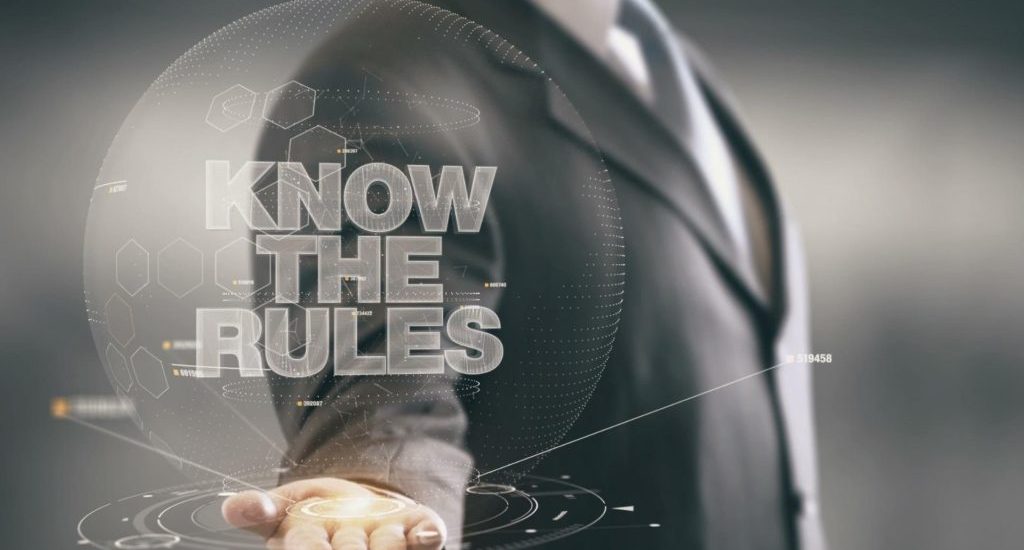- August 24, 2020
- Posted by: mbipuser
- Category: Ip Topics

Last month we discussed some ideas to be kept in mind when drafting new applications. Here are a few more golden rules for drafting enforceable US claims.
Do not place undue limitations into a claim before they are known to be needed. This is especially true with regards to the preamble of the dependent claim. Rather you can keep them for the dependent claim where they are actually needed. Be wary of Markush Groups or other group listings. This is because, as long as one of the groups is found in the prior art, the whole claim is invalid. Examiners are known to just cite one element of a group in a claim rejection. Sometimes you can avoid the rejection by just leaving out the element the examiner found. To minimize the need for such groups, write separate claims for the alternatives that actually add patentability and do not include claims for the alternatives that do not add a real fallback position on patentability.
Given that a claim is a word picture of the subject matter to which your client is entitled to exclusivity, words matter. As such, functional language intended to have limiting effect must clearly constitute an affirmative limitation. In this regard, avoid use of the word “if”. This is because anything in a claim element after “if” may be treated as though it is not written in the claim. To avoid this, use “when” instead. Alternatively, one can employ “only if”, which may be better in certain circumstance when any implication of timing by using “when” is desired to be avoided.
Further to this point, generally, there is no need to “check” if a condition exists. Just recite doing action1 “when” the condition exists and doing action2 “when” the condition does not exist. When possible, try to write a “real” apparatus claim, as opposed to one that simply transforms a method claim into an apparatus claim. Also, if there are other claim scopes that are desired to be pursued, it should be appreciated that media claims are not likely to provide significant added value over a method or apparatus claim. In this regard, consider the following: who is going to infringe a media claim for a system with parts made by different companies. Also, although nobody wants to admit it, software typed on paper, which is the quintessential example of not-patentable software probably is read on by media claim. The written software is non-transitory if not written using pencil, can be scanned and OCRed so that it runs on a computer.
Adjectives in claims can be problematic because they are limiting. Therefore, one should pay particular attention to those insidious adjectives. Except for where the adjective is specifically necessary to distinguish over prior art, take out all the adjectives from the claims, at least the independent ones. If you look carefully, you’ll see that adjectives are often mere intended use, and as such don’t give you any benefit during prosecution, but they will hurt you should you go to assert the claim
In a similar vein, be careful of words that you think mean one thing but could be interpreted to mean something else, e.g., to an examiner. As such, a patent practitioner must not view the claims in the lens of your disclosure to which they are being appended. Rather, one must look at how first the examiner will look at and interpret the claims and the practitioner must also consider how the other side in an assertion or infringement action will look at it. Those guys are known to make some wild and incredibly tortured interpretations, so be careful. As to other issues of this type, it must be appreciated that parameters and variables are not evaluated. Rather, the values of parameters and variables is what is evaluated. Also, sending electronically could be someone talking on the phone or sending a fax – so be careful.
A claim should be drafted so as to read on a single expected infringer only. Divided infringement, i.e., infringement that implicates actions or equipment of two or more parties often means, effectively, no infringement, or makes it much harder to get a form of indirect infringement.
Turning to a final subject, that of dependent claims, these should cover fallback features. Preferably the provide patentability fallback in case it is found that the independent claims are not patentable by themselves. Dependent claims also are useful to clarify terminology or to provide claim differentiation, both of which can help to provide patentability in the event, again, that the independent claims are not patentable by themselves.
Thus, good fallback claims enhance the patentability of the parent claim in that they add to the parent in a novel way over the parent claim, they more specifically reads on others likely commercial offerings and they can expand, or at least make more explicit, the royalty base.
Keep in mind that significant problems encountered and solved by your inventor, including subsidiary problems, are likely to be encountered by others and hopefully solved in the same way that your inventor did.
